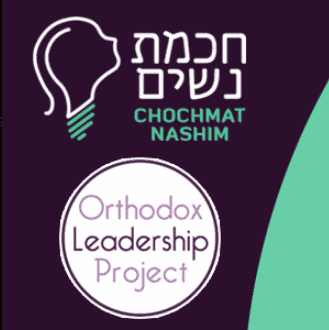The setting: Egypt, in the most intense period of Jewish slavery. The conversation: Between G-d and Moses. The purpose: To create a plan for how G-d, through Moses, will bring the Jewish people to freedom. The obstacle: Pharaoh, who is holding the Jewish people hostage and will not let them go easily.
Before Moses and Aaron even approach Pharaoh, G-d already states “But I shall harden Pharaoh’s heart” and “Pharaoh will not heed you” (Gen. 7:3-4). Soon after this conversation, Moses and Aaron meet Pharaoh in person and match wits as both Aaron and Pharaoh’s sorcerers turn their staffs into snakes. As Pharaoh and his court watch, Aaron’s snake swallows the other snakes, visibly demonstrating that the might of the Jewish G-d is superior. And yet, as G-d predicted, Pharaoh is unmoved: “The heart of Pharaoh was strong and he did not heed them, as Hashem had spoken” (Gen. 7:13).
